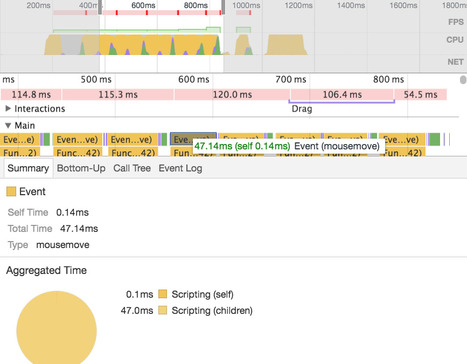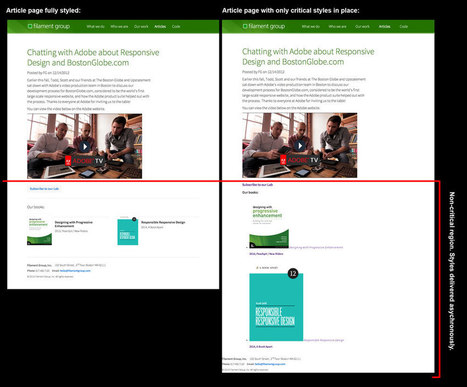Angular claims to be very fast by default. What does “fast” really mean? Of course, this always depends on the context. What does our application do? How many different things is it doing at a certain point? How is our application’s component tree structured and how many bindings does it introduce? This and other questions come into play when trying to figure out, how we can make our applications faster.
A couple of weeks ago we were discussing a demo application in which we compared the default performance and what we can do to make it faster. In this article we’d like to take this demo and show some tips and tricks to make it blazingly fast. One or the other trick might help speeding up your application as well.




 Your new post is loading...
Your new post is loading...
























